(By Sir Godfrey Higgins) – Osiris and his Bull were black; all the Gods and Goddesses of Greece were black: at least this was 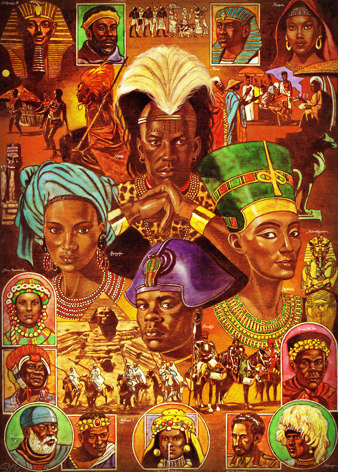 the case with Jupiter, Bacchus, Hercules, Apollo, Amnion.The Goddesses Venus, Isis, Hecati, Diana, Juno, Metis, Ceres, Cybile, are black. The Multimammia is black in the Campidoglio at Rome, and in Montfaucon, Antiquity explained.The Linghams in India, anointed with oil, are black: a black stone was adored in numbers of places in India.
the case with Jupiter, Bacchus, Hercules, Apollo, Amnion.The Goddesses Venus, Isis, Hecati, Diana, Juno, Metis, Ceres, Cybile, are black. The Multimammia is black in the Campidoglio at Rome, and in Montfaucon, Antiquity explained.The Linghams in India, anointed with oil, are black: a black stone was adored in numbers of places in India.
It has already been observed that, in the galleries, we constantly see busts and statues of the Roman Emperors, made of two kinds of stone; the human part of the statue of black stone, the drapery white or coloured. When they are thus described, I suppose they are meant to be represented as priests of the sun; this was probably confined to the celebration of the Isiac or Egyptian ceremonies.
On the colour of the Gods of the ancients, and of the identity of them all with the God Sol, and with the Cristna of India, nothing more need be said. The reader has already seen the striking marks of similarity in the history of Cristna and the stories related of Jesus in the Romish and heretical books. He probably will not think that their effect is destroyed, as Mr. Maurice flatters himself, by the word Cristna in the Indian language signifying black, and the God being of that colour, when he is informed, of what Mr. Maurice was probably ignorant, that in all the Romish countries of Europe, in France, Italy, German, the God Christ, as well as his mother, are described in their old pictures and statues to be black.
The infant God in the arms of his black mother, his eyes and drapery white, is himself perfectly black. If the reader doubt my word, he may go to the cathedral at Moulins—to the famous chapel of the Virgin at Loretto—to the church of the Annunciata—the church of St. Lazaro, or the church of St. Stephen at Genoa—to St. Francisco at Pisa—to the church at Brixen, in the Tyrol, and to that at Padua—to the church of St. Theodore, at Munich, in the two last of which the whiteness of the eyes and teeth, and the studied redness of the lips, are very observable ;—to a church and to the cathedral at Augsburg, where are a black virgin and child as large as life:—to Rome, to the Borghese chapel Maria Maggiore—to the Pantheon—to a small chapel of St. Peter’s, on the right-hand side on entering, near the door; and, in fact, to almost innumerable other churches, in countries professing the Romish religion.
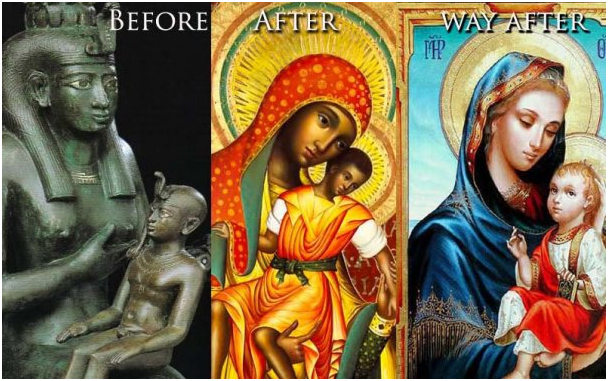 There is scarcely an old church in Italy where some remains of the worship of the Black Virgin and Black Child are not to be met with. Very often the black figures have given way to white ones, and in these cases the black ones, as being held sacred, were put into retired places in the churches, but were not destroyed, but are yet to be found there. In many cases the images are painted all over and look like bronze, often with coloured aprons or napkins round the loins or other parts; but pictures in great numbers are to be seen, where the white of the eyes and of the teeth, and the lips a little tinged with red, like the black figures in the Museum of the India Company, shew that there is no imitation of bronze. In many instances these images and pictures are shaded, not all one colour, of very dark brown, so dark as to look like black.
There is scarcely an old church in Italy where some remains of the worship of the Black Virgin and Black Child are not to be met with. Very often the black figures have given way to white ones, and in these cases the black ones, as being held sacred, were put into retired places in the churches, but were not destroyed, but are yet to be found there. In many cases the images are painted all over and look like bronze, often with coloured aprons or napkins round the loins or other parts; but pictures in great numbers are to be seen, where the white of the eyes and of the teeth, and the lips a little tinged with red, like the black figures in the Museum of the India Company, shew that there is no imitation of bronze. In many instances these images and pictures are shaded, not all one colour, of very dark brown, so dark as to look like black.
They are generally esteemed by the rabble with the most profound veneration. The toes are often white, the brown or black paint being kissed away by the devotees, and the white wood left. No doubt in many places, when the priests have new-painted the images, they have coloured the eyes, teeth, &c, in order that they might not shock the feelings of devotees by a too sudden change from black to white, and in order, at the same time, that they might furnish a decent pretence for their blackness, viz. that they are an imitation of bronze: but the number that are left with white teeth, &c, let out the secret.
When the circumstance has been named to the Romish priests, they have endeavoured to disguise the fact, by pretending that the child had become black by the smoke of the candles; but it was black where the smoke of a candle never came: and, besides, how came the candles not to blacken the white of the eyes, the teeth, and the shirt, and how came they to redden the lips? The mother is, the author believes, always black, when the child is. Their real blackness is not to be questioned for a moment.
If the author had wished to invent a circumstance to corroborate the assertion, that the Romish Christ of Europe is the Cristna of India, how could he have desired any thing more striking than the fact of the black Virgin and Child being so common in the Romish countries of Europe? A black virgin and child among the white Germans, Swiss, French, and Italians!!!
The Romish Cristna is black in India, black in Europe, and black he must remain—like the ancient Gods of Greece, as we have just seen. But, after all, what was he but their Jupiter, the second person of their Trimurti or Trinity, the Logos of Parmenides and Plato, an incarnation or emanation of the solar power?
I must now request my reader to turn back to the first chapter, and to reconsider what I have said respecting the two Ethiopias and the existence of a black nation in a very remote period. When he has done this, the circumstance of the black God of India being called Cristna, and the God of Italy, Christ, being also black, must appear worthy of deep consideration. Is it possible, that this coincidence can have been the effect of accident? In our endeavours to recover the lost science of former ages, it is necessary that we should avail ourselves of rays of light scattered in places the most remote, and that we should endeavour to re-collect them into a focus, so that, by this means, we may procure as strong a light as possible: collect as industriously as we may, our light will not be too strong.
I think I need say no more in answer to Mr. Maurice’s shouts of triumph over those whom he insultingly calls impious infidels, respecting the name of Cristna having the meaning of black.
I will now proceed to his other solemn considerations.
The second particular to which Mr. Maurice desires the attention of his reader, is in the following terms: “N, Let it, in the next place, be considered that Chreeshna, so far from being “the son of a virgin, is declared to have had a father and mother in the flesh, and to have been “the eighth child of Devaci and Vasudeva. How inconceivably different this from the sanctity “of the immaculate conception of Christ!”
I answer, that respecting their births they differ; but what has this to do with the points wherein they agree? No one ever said they agreed in every minute particular. Yet I think, with respect to their humanity, the agreement continues. I always understood that Jesus was held by the Romish and Protestant Churches to have become incarnate; that the word was made flesh.’2 That is, that Jesus was of the same kind of flesh, at least as his mother, and also as his brothers, Joses, James, &c.3 If he were not of the flesh of his mother, what was he before the umbilical cord was cut?
It does not appear from the histories, which we have yet obtained, that the immaculate conception. But though the Bull of Osiris was black, the Bull of Europa was white. The story states that Jupiter fell in love with a daughter of Agenor, king of Phoenicia, and Telephassa, and in order to obtain the object of his affections he changed himself into a white bull. After he had seduced the nymph to play with him and caress him in his pasture for some time, at last he persuaded her to mount him, when he fled with her to Crete, where he succeeded in his wishes, and by her he had Minos, Sarpcdon, and Rhadamunthus. Is it necessary for me to point out to the reader in this pretty allegory the peopling of Europe from Phoenicia, and the allusion in the colour of the Bull, viz. tchite, to the fair complexions of the Europeans? An ingenious explanation of this allegory may be seen in Drummond’s Origines, Vol. III. p. 84.* John, ch. i. ver. 14.
I look with perfect contempt on the ridiculous trash which has been put forth to shew that the brothers of Jesus, described in the Gospels, did not mean brothers, but cousins!
By Sir Godfrey Higgins – Anacalypsis an Attempt to Draw Aside the Veil of the Saitic Isis Volume 1

Moe is the founder of GnosticWarrior.com. He is a father, husband, author, martial arts black belt, and an expert in Gnosticism, the occult, and esotericism.


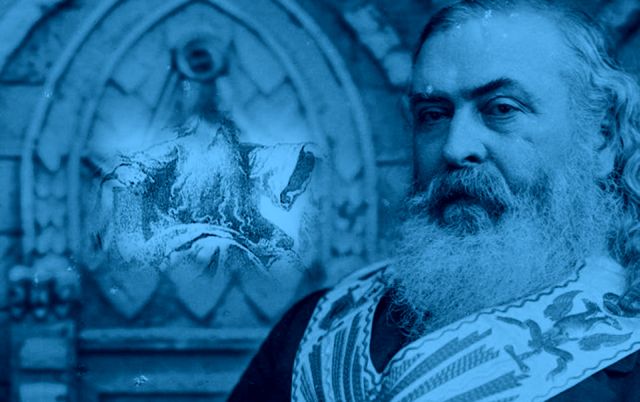
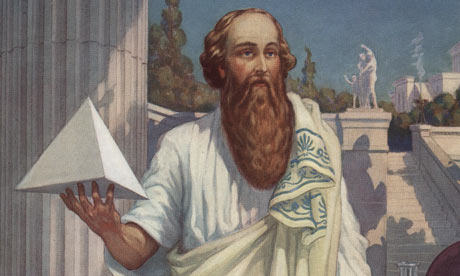
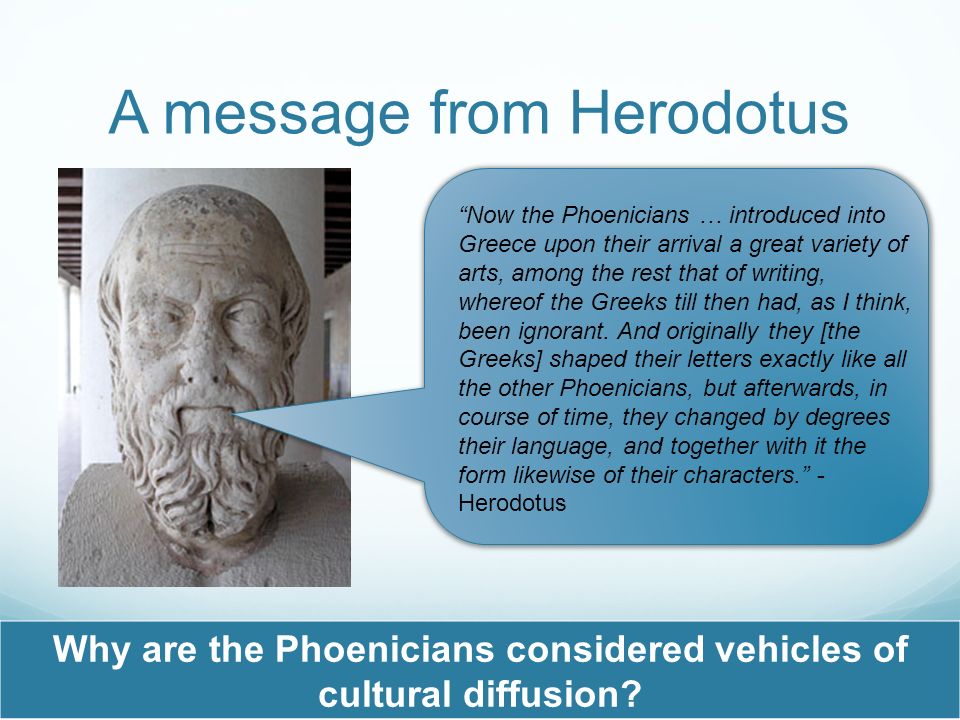

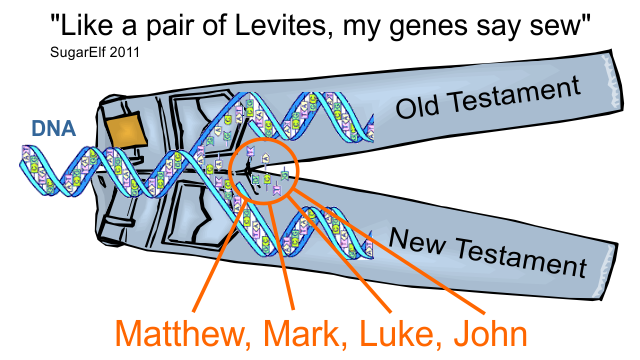
![How a light from Heaven stood all night over his relics, and how those possessed with devils were healed by them [679-697 A.D.] | Book 3 | Chapter 11 How a light from Heaven stood all night over his relics, and how those possessed with devils were healed by them [679-697 A.D.] | Book 3 | Chapter 11](https://www.gnosticwarrior.com/wp-content/plugins/contextual-related-posts/default.png)
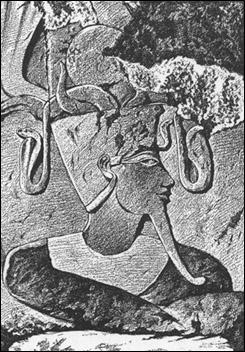
Gods was the ones who forged life. So there for all beings came from Gods, we all ate descendants of a Godly bloodline. Now there are the ones who strayed away from the righteous oath by accepting the ideology of separation, with race color gender or creed. In some instances women was more powerful than some men. Even to this day some women are still more powerful than men. Strength, knowledge, wisdom etc. The one thing that a woman still posess from the Godly bloodline is reproduction of life. This topic can go on for decades. Just keep in Mind a Godly bloodline inheritance comes with a powerful responsibility and that responsibility is to protect the human race at all cost. No one is beneath or above another we are all equal. “GODLY BLOODLINE”
The God of the Waaqeeffata (followers of a native monotheistic religion in Ethiopia) is described as black (Waaqa gurraacha i.e. Black God). Pure water is also described as black. Anything sacred or saintly is described as black.
Concerning ancient Greek Christian icons: All of the show the saints, Jesus and Marry as either dark brown or just black. This trend continued this way for centuries as they were hand painted copies of the old icons. It is only relatively recently that the saints are depicted as whites and even with blond hair.
iam not sure about this….but i will ask Zeus! 9 voices say that iam ancient Greek and one tha iam christian!
¨)